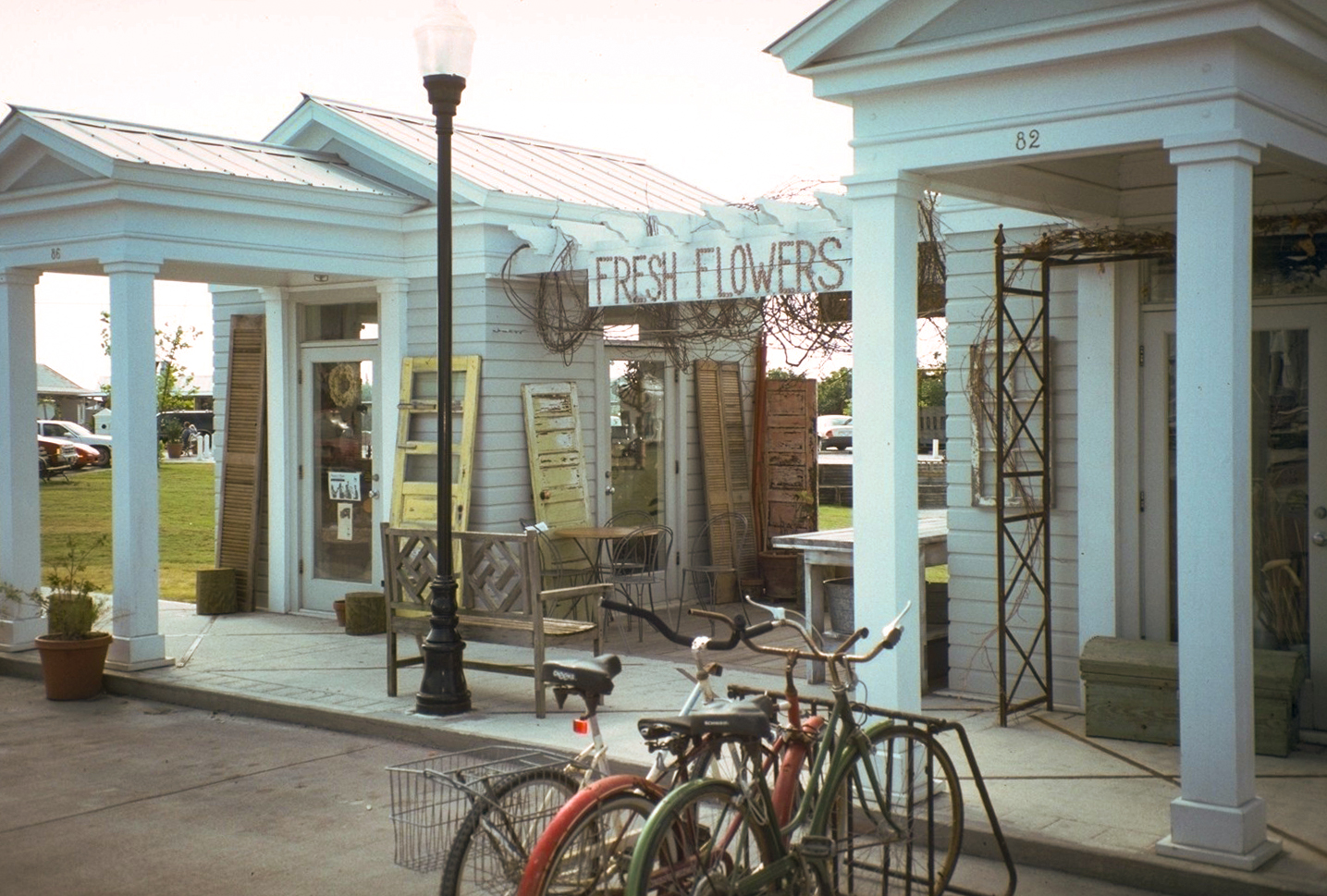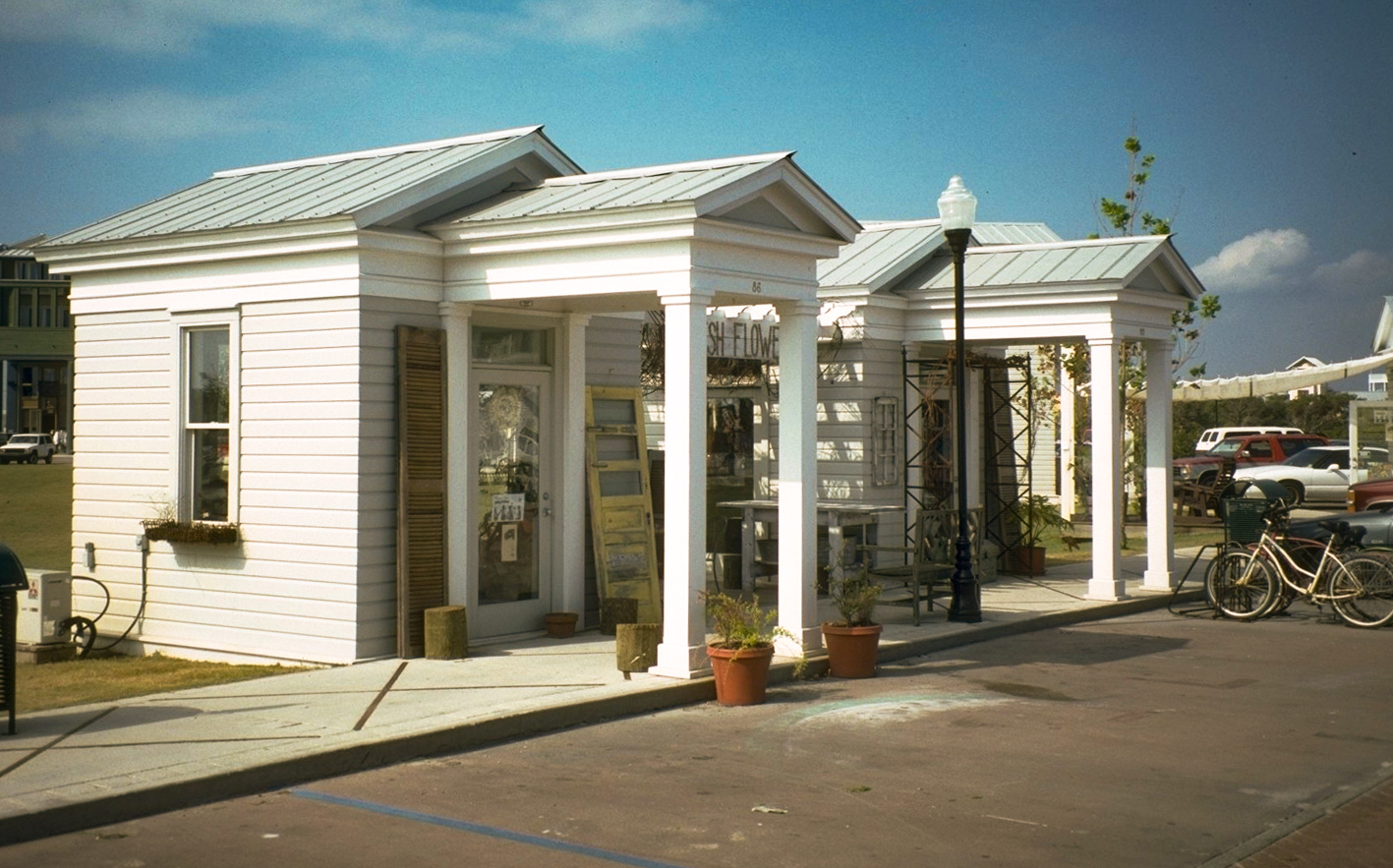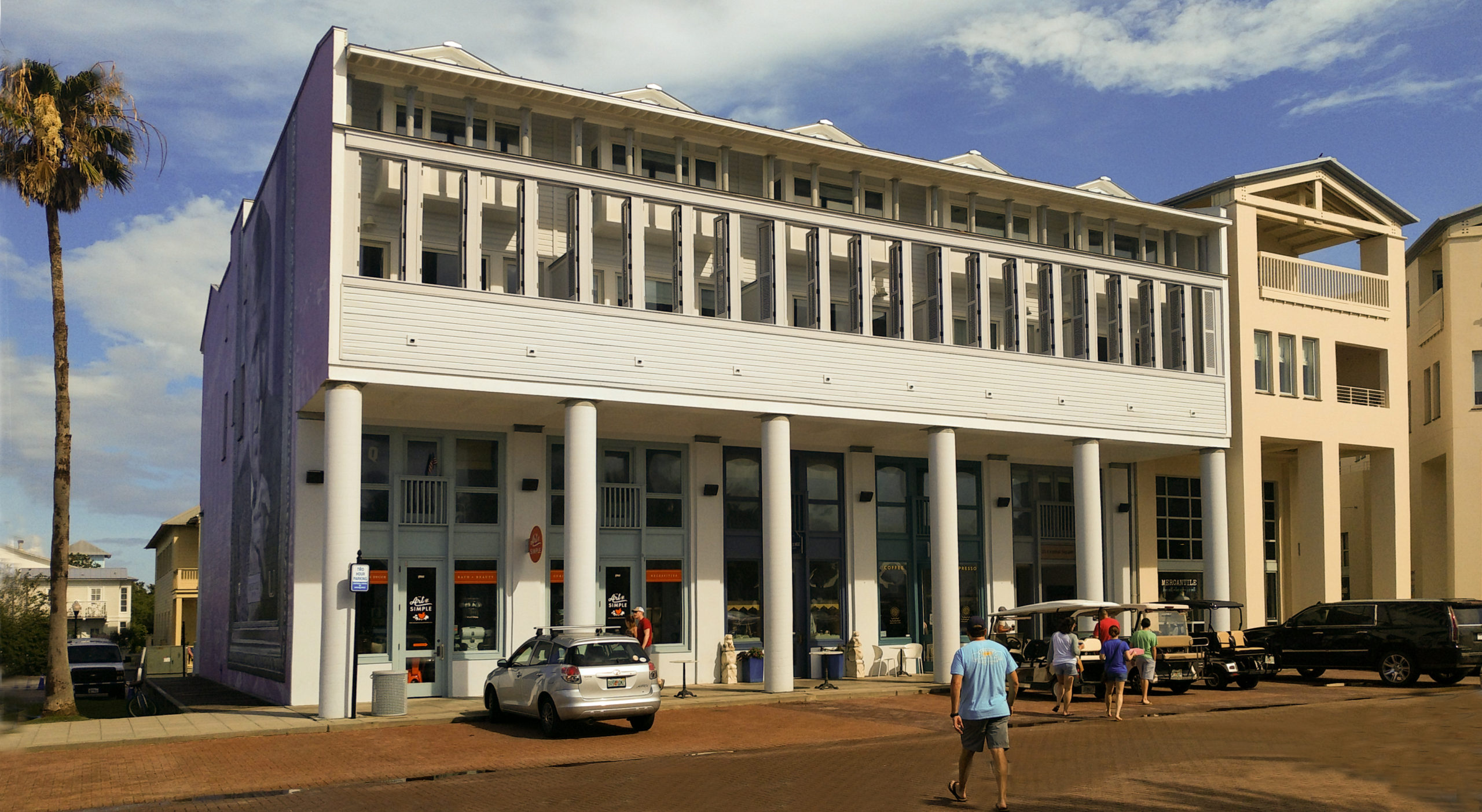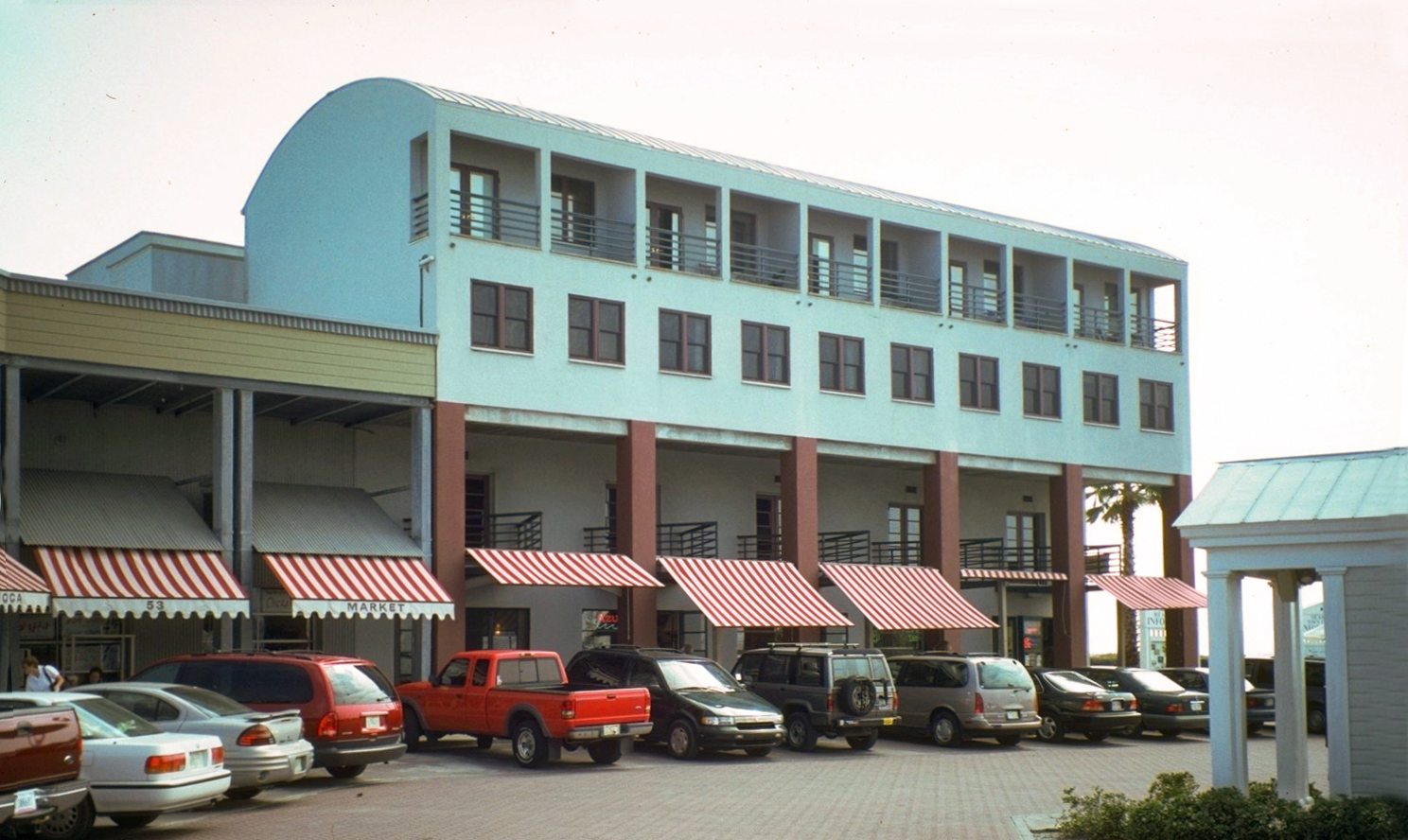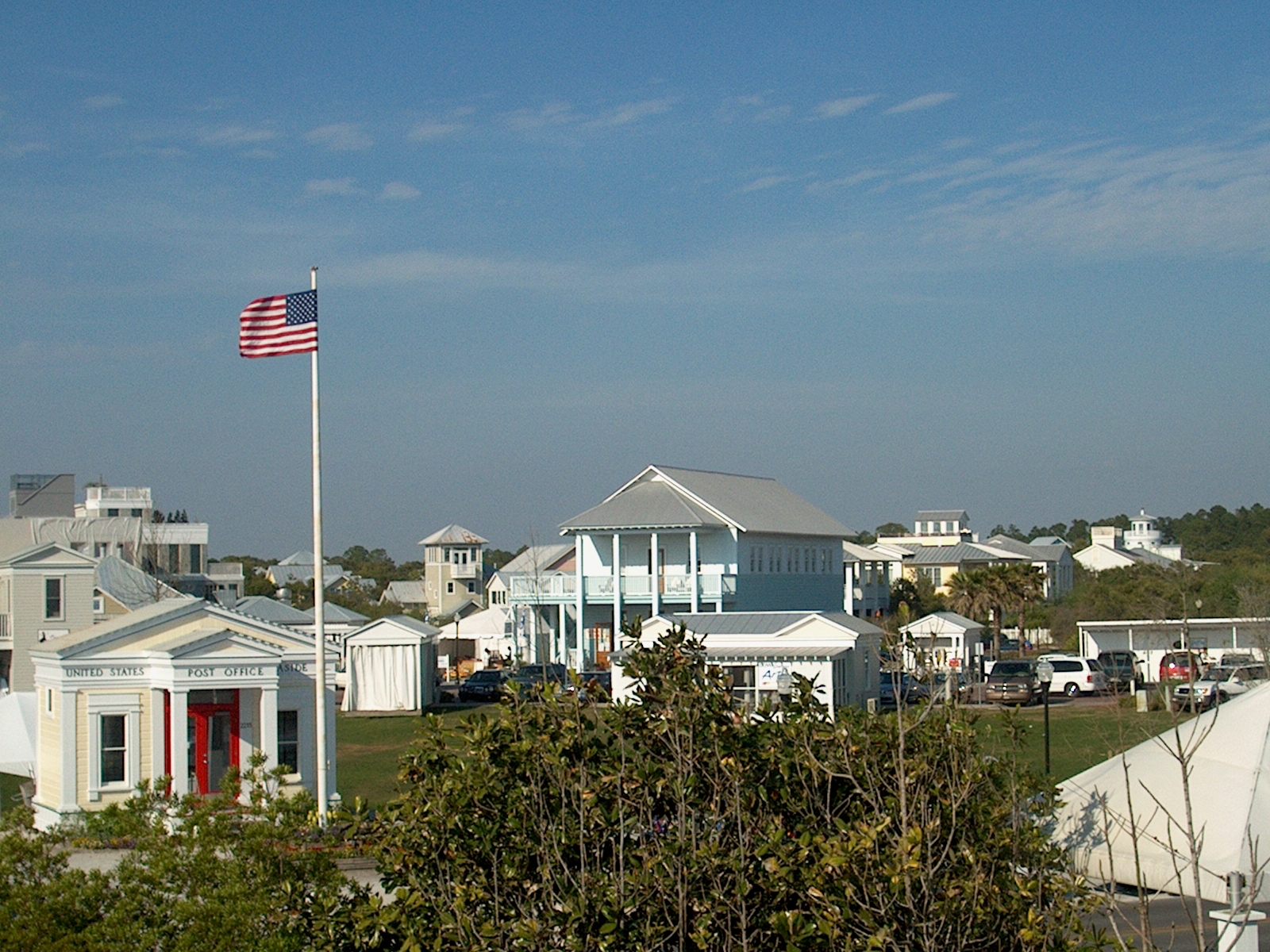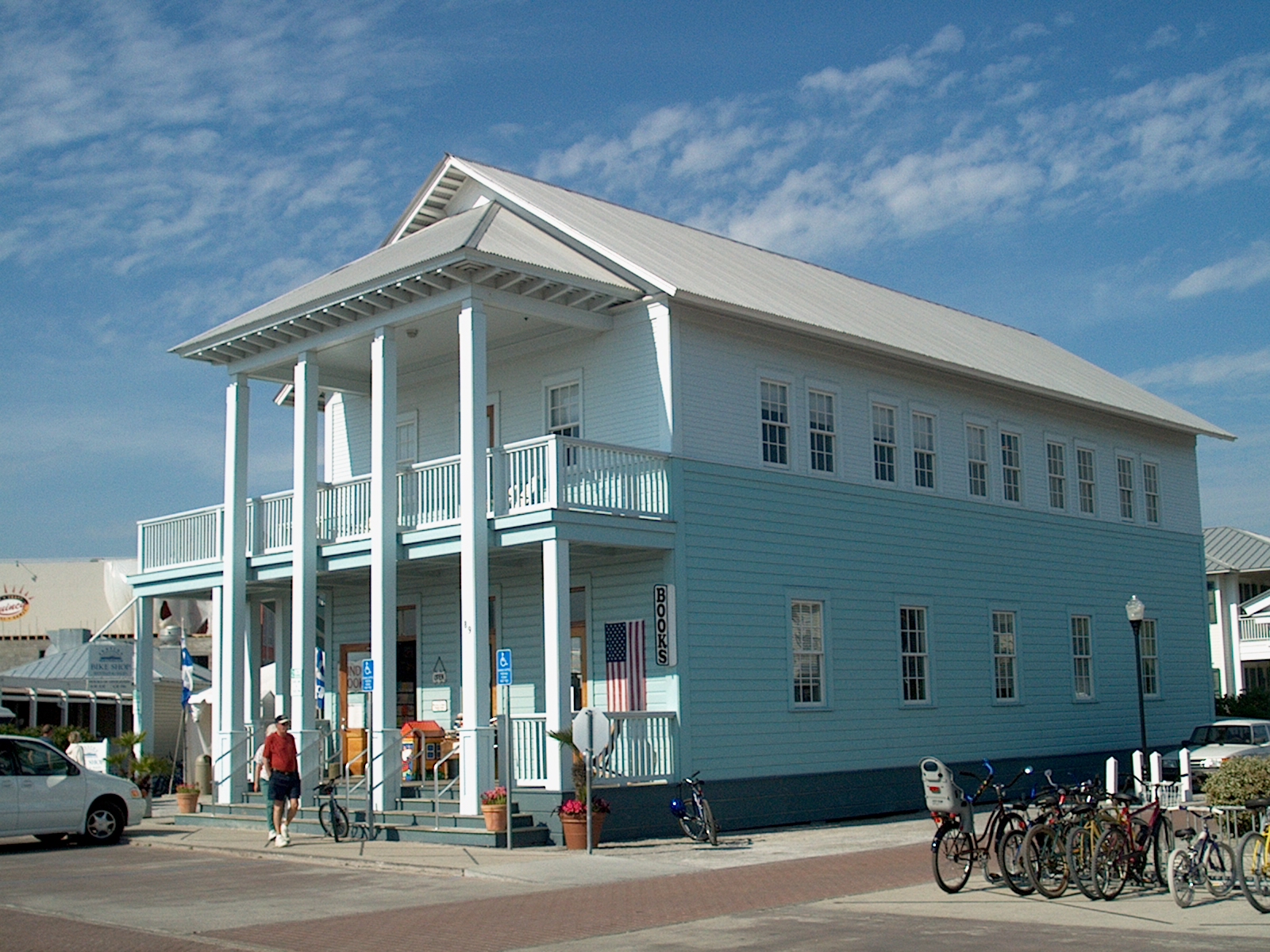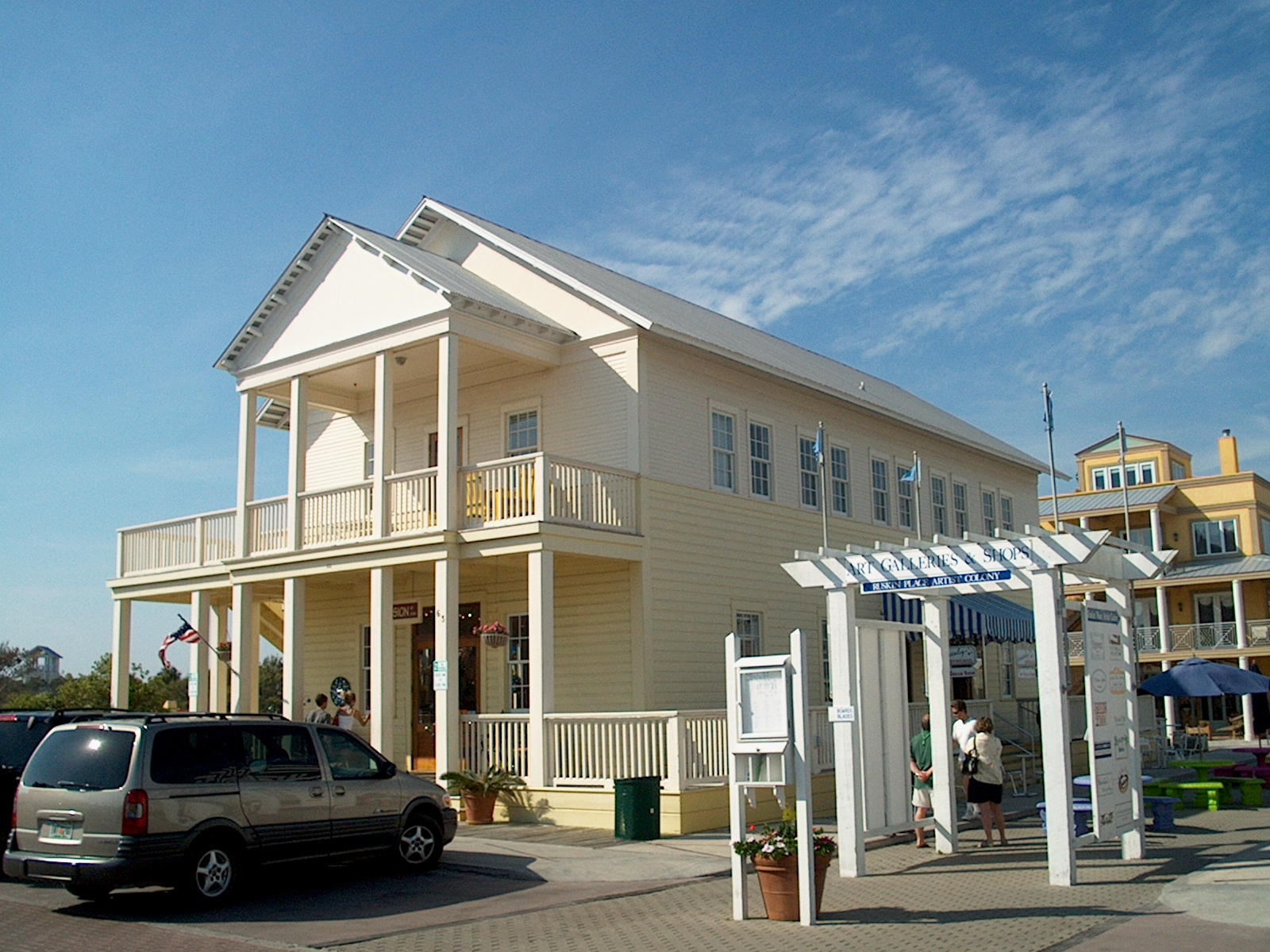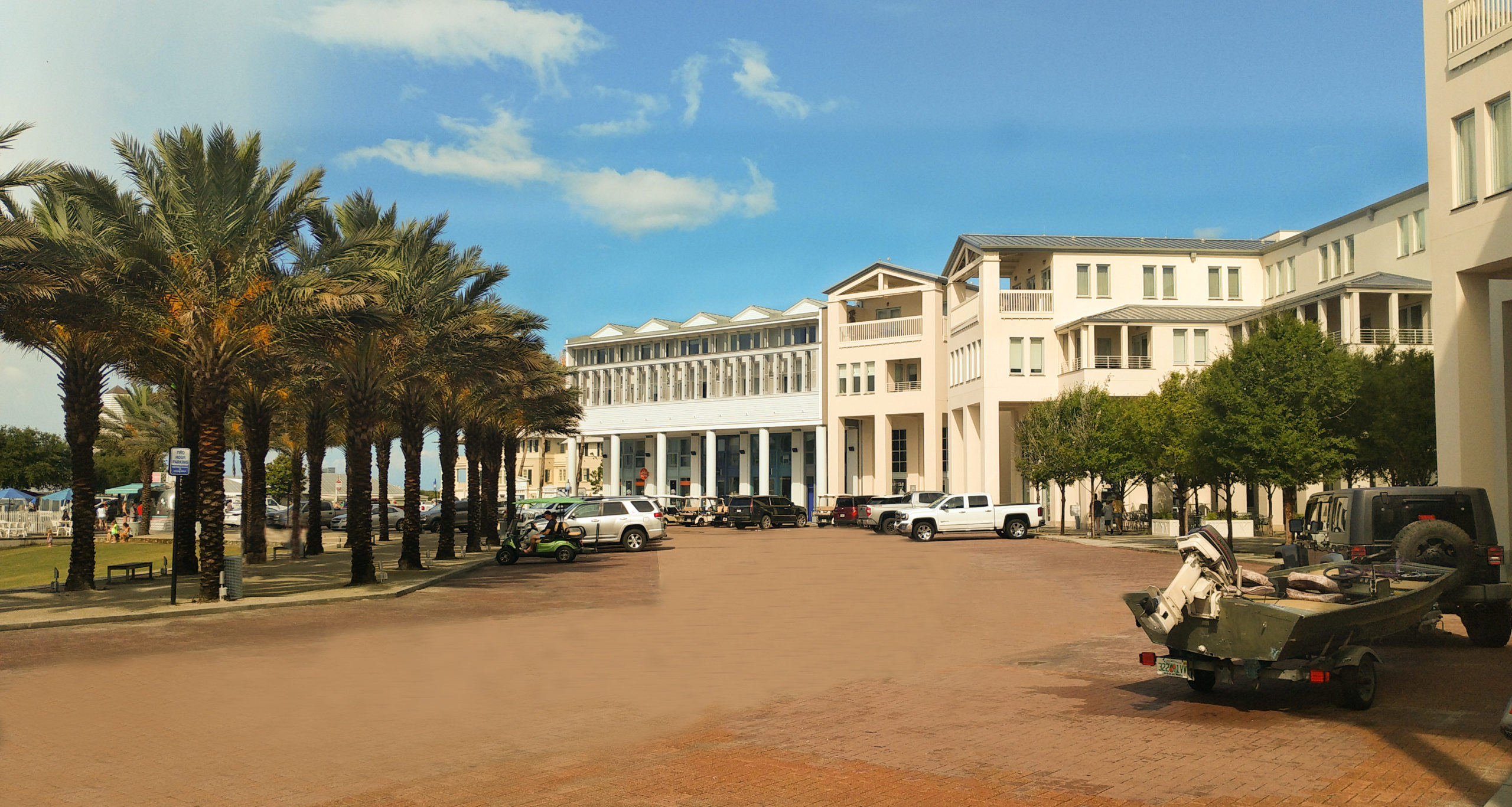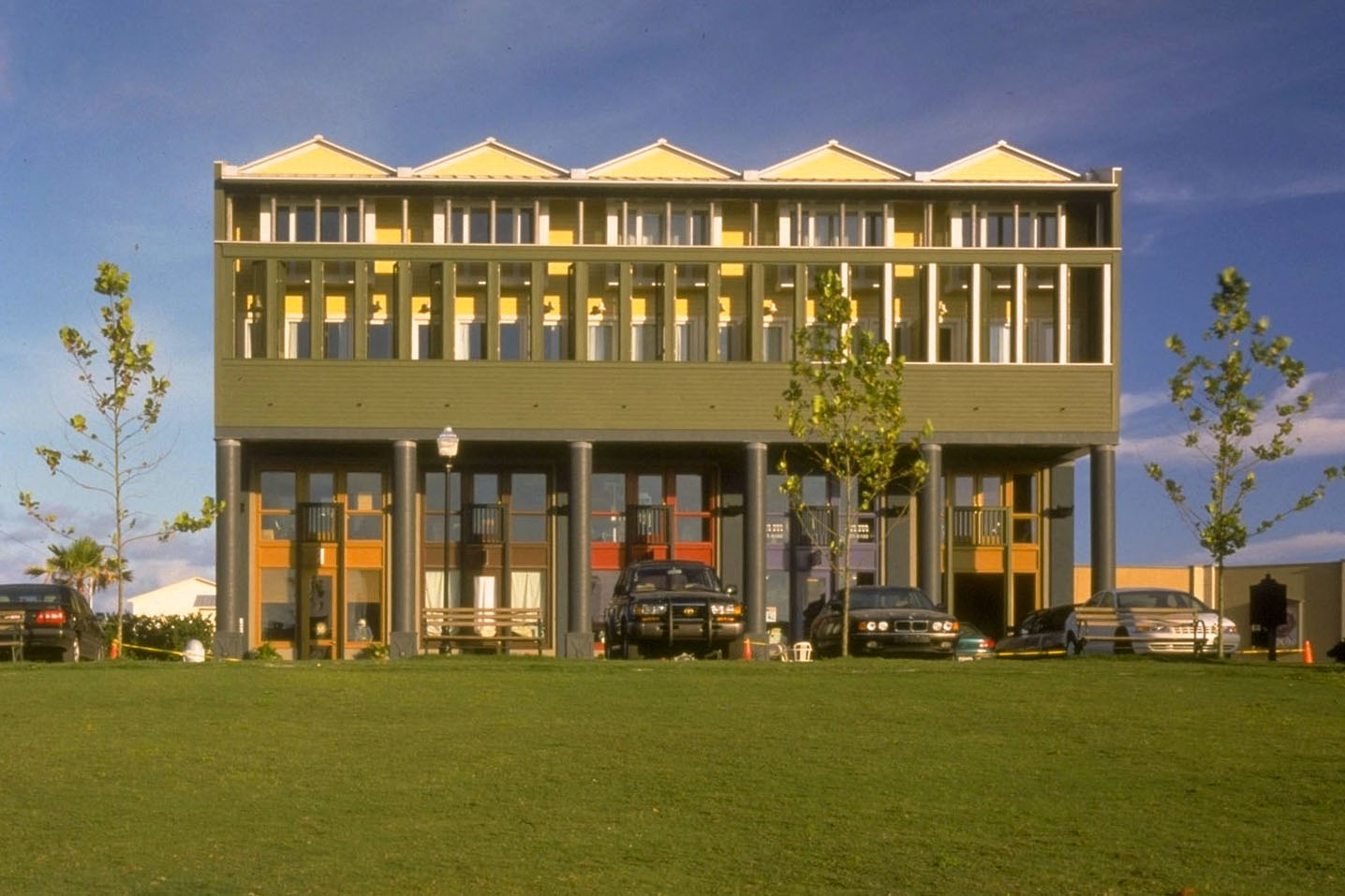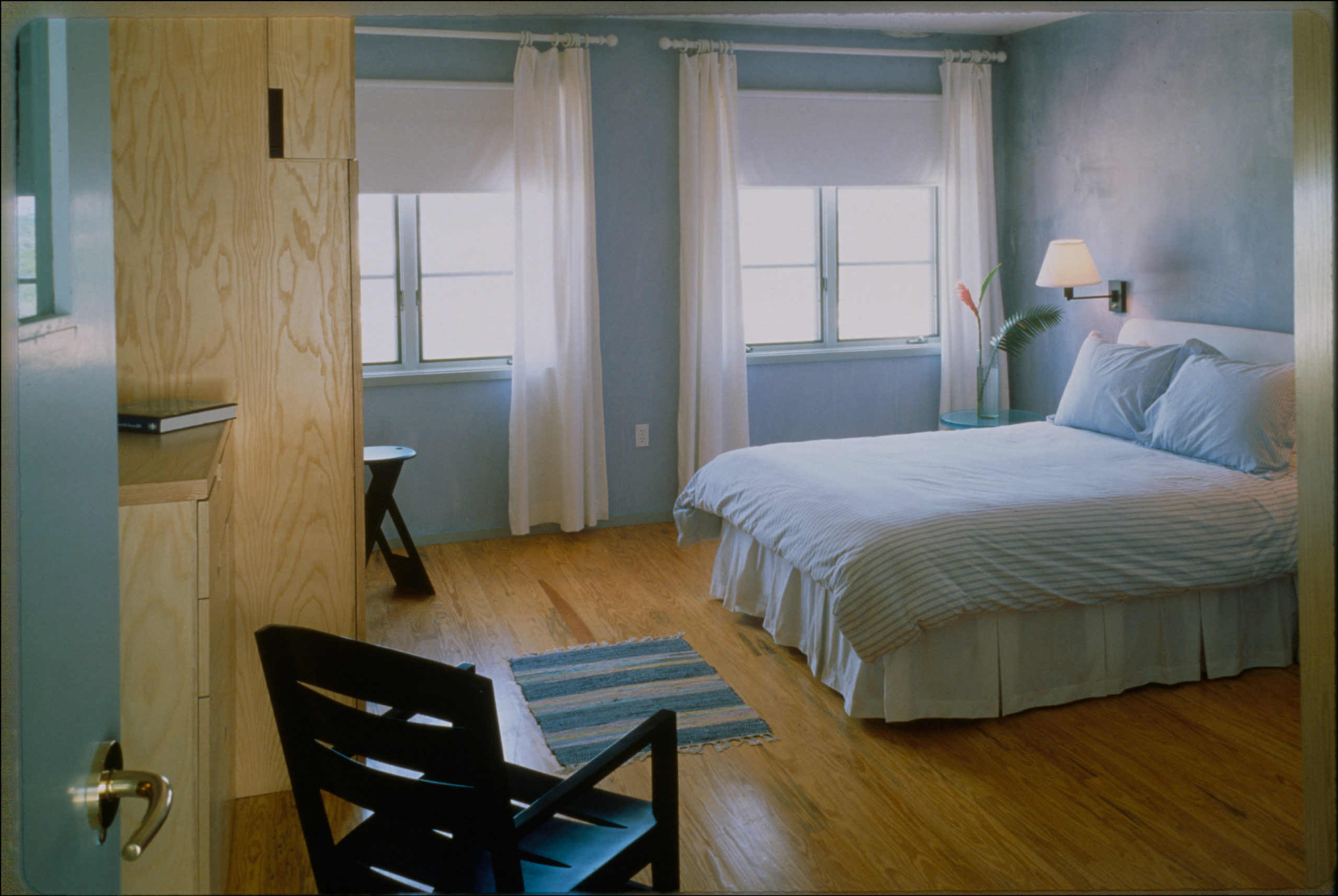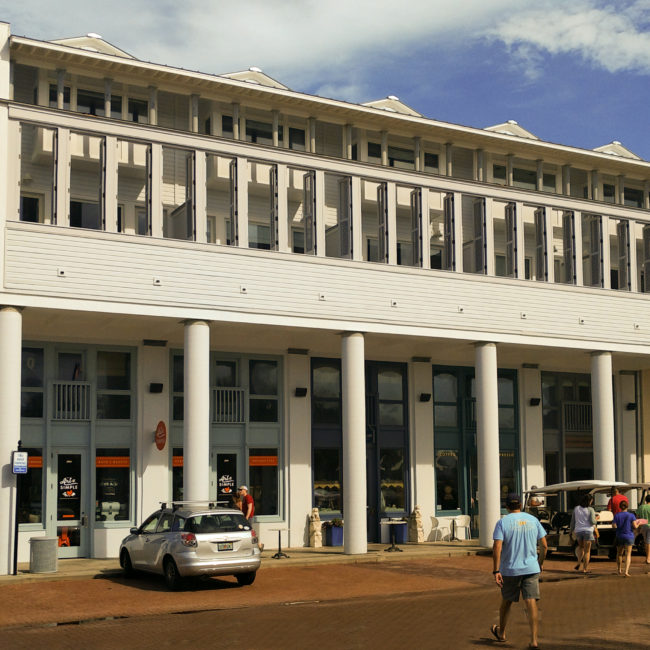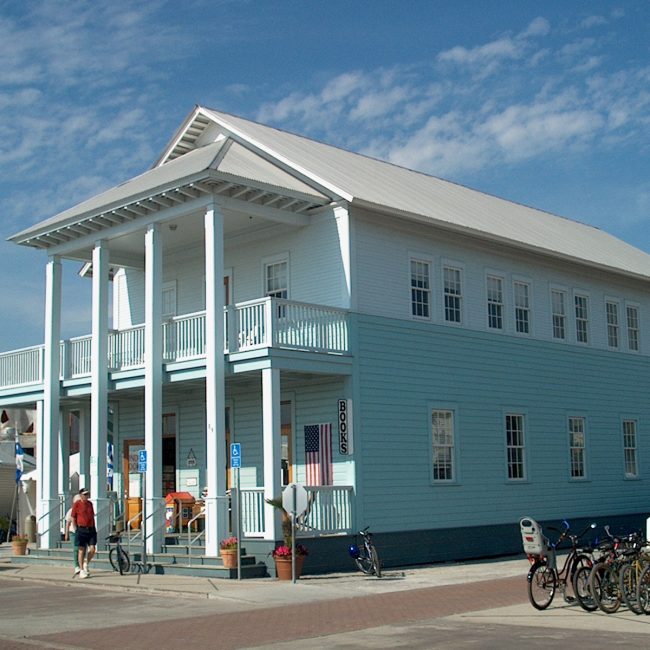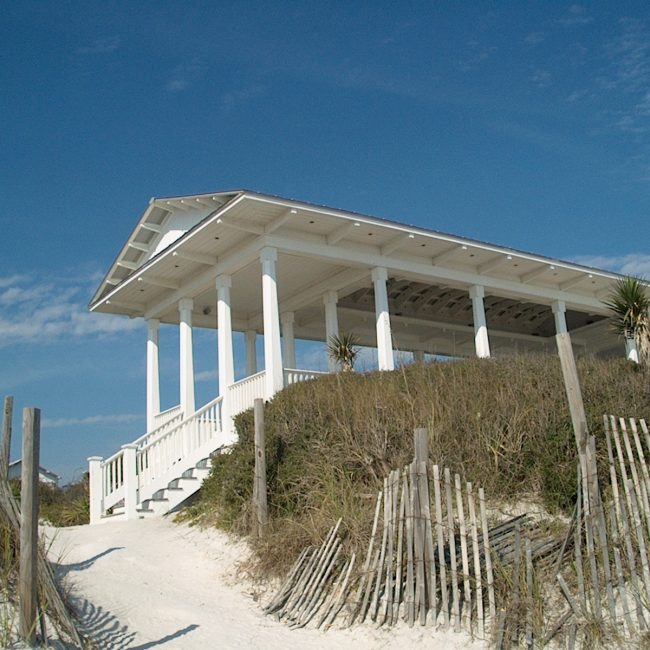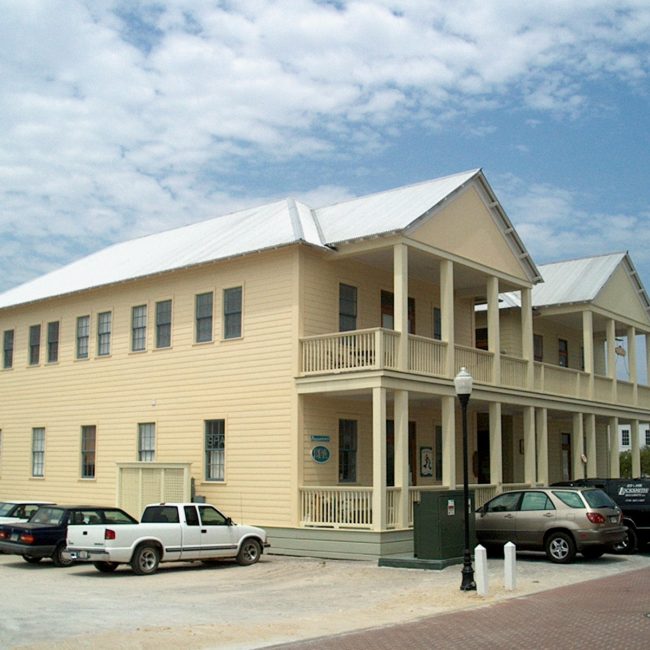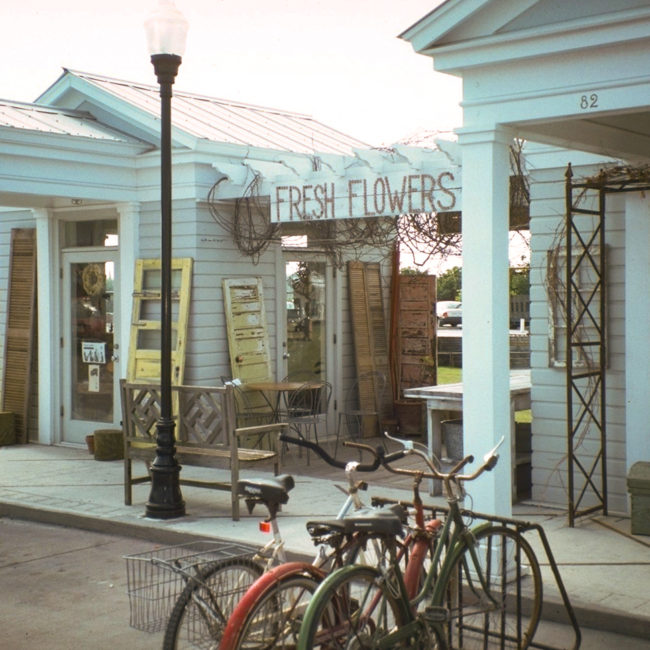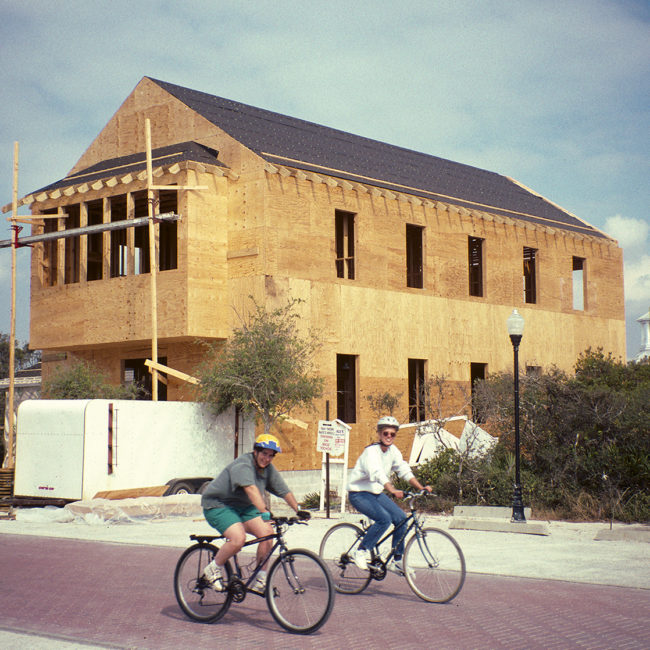Seaside,, the little town on the Florida coast, created New Urbanism and “Smart Growth”, and serves as an example of new American town living for developers, builders, and architects nationally. It began as a small beach town harkening back to bygone days of porch fans, simple construction, and vernacular architecture. “The New Town, The Old Ways” became Seaside’s motto in the early days.
Seaside occupies only a tiny 80-acre tract of Florida land, along the panhandle of Gulf of Mexico, an area nationally regarded as one of the most beautiful beaches in the U.S. Seaside has spawned a renewed appreciation of small-town urbanism by offering a vision for a better place and a better way to live.
In 1996-1999, Gordon Burns managed real estate operations at Seaside as Executive Vice-President and Chief Operating Officer for Real Estate managing commercial and residential real estate development, architecture, design, planning, construction, commercial leasing, and real estate sales. The town was in its early stages of development, residential lot sales were strong, and the Town Center needed more development. Burns initiated Seaside’s website which continues to evolve and spread the Seaside story.
Efforts focused on satisfying the demand for commercial and retail space in downtown Seaside’s Town Center. Faced with the long design/financing/construction lead times of larger, mixed-use buildings. Burns conceived and implemented the idea of smaller, two-story “movable buildings” for Seaside’s Town Center. These simple buildings became extremely high earners. They include the famous Sundog Books, Heavenly’s Shortcake, Fusion Art Glass, the Seaside Medical Clinic. During this same period, construction was completed on the four-story, mixed-use Machado/ Silvetti Building, and major renovation of the four-story Holl Building and Krier House.
Other major projects include Seaside Neighborhood School and the Seaside Pavilion. The Anniversary Cottages were also constructed to complement the iconic Honeymoon Cottages and quickly became popular with guests and wedding parties. Six commercial kiosks, major renovations to Bud & Alley’s and Shade’s (both landmark restaurants), plus expansion to Café Spiazzia, Bouzouki’s and Fancy Tomato, all took place under Burns’ direction.



